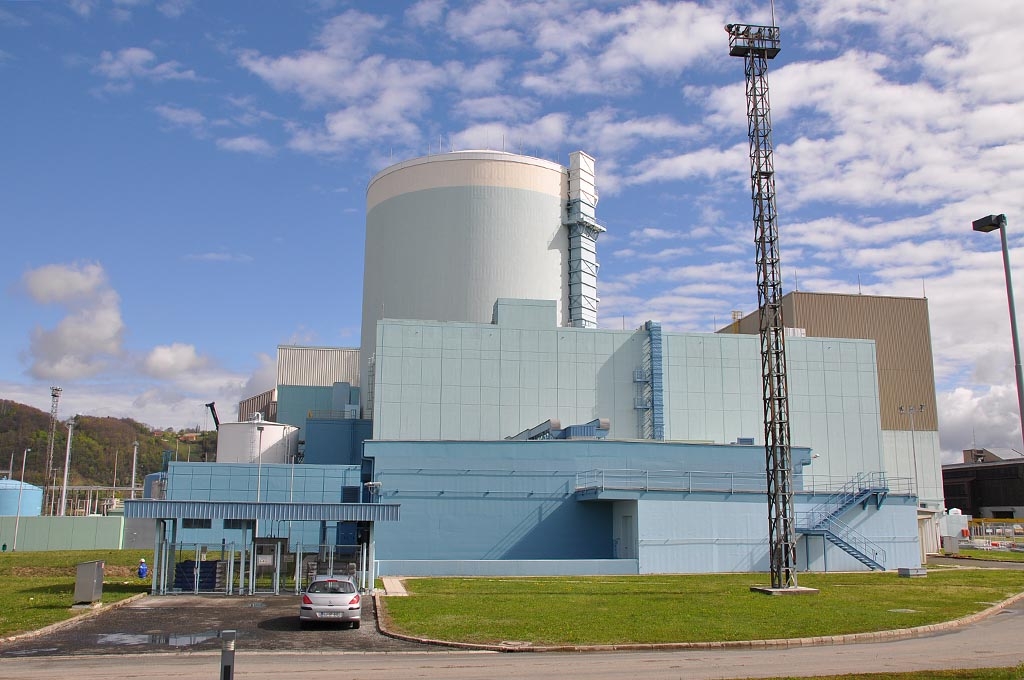On September 30, 2020 the »2019 Annual Report on Radiation and Nuclear Safety in the Republic of Slovenia« was presented to the Slovenian National Assembly. That was the last stage of its consideration. The report was approved by the Government of Slovenia in July and discussed in the National Council (the upper chamber of the Slovenian Parliament) in September of the same year.The report summarizes all developments related to nuclear and radiation safety in 2019. The report in English is available on the website
During the reporting year a fundamental objective of nuclear and radiation safety “The protection of people and the environment from unnecessary harmful effects of ionizing radiation.” was achieved.
In 2019, the Krško Nuclear Power Plant (NPP) operated safely. The regular outage was performed last autumn. During the outage, among other activities, several important security improvement actions from the Security Upgrade Programme were carried out. The Krško NPP reported three events, which did not affect the population or the environment.
At the end of May 2019, the deadline for the implementation of the Action Plan for the second periodic safety inspection of the Krško NPP expired. Within the framework of this Action Plan, the Krško NPP carried out more than 95% of the planned works. For the remaining few actions, the Krško NPP requested an extension of the deadline. The SNSA assessed the reasons for the extension as acceptable, as these tasks were particularly demanding and related to other projects of the Krško NPP that were being carried out in parallel.
The Krško NPP continued with the implementation of the Safety Upgrade Programme being the most extensive project following the modernisation of the Krško NPP in 2000. The implementation of the programme is now in the last phase and is expected to be completed in 2021. The remaining issues concern alternative core cooling systems, auxiliary systems installation, and emergency control room installation.
One of the most important activities of the last phase of the programme is the construction of a dry storage for spent fuel. The Krško NPP intends to start building a new facility at the end of 2020, and its operation is planned for 2022. In 2019, procedures regarding the placement of the warehouse in space were started. Thus, the Municipality of Krško started the process of amending the existing NPP regulatory plan, and the Ministry of the Environment and Spatial Planning (MESP) began the process of carrying out a comprehensive environmental impact assessment and cross-border assessment in Austria and Croatia.
At the TRIGA Mark II Research Reactor in Podgorica, all activities from the Action Plan were carried out after the first periodic safety inspection.
In 2019, the revision of the programmes for the decommissioning of the Krško NPP and the disposal of radioactive waste and spent fuel from the Krško NPP was completed. In September, the Interstate Commission for Monitoring the Implementation of the Interstate Agreement on Co-Ownership of the Krško NPP reviewed the prepared programmes and sent them to the internal procedures of both countries for further consideration. The Slovenian Government was informed of the summaries of programmes in December 2019. The Interstate Commission adopted the latest revision of the programmes in 2020, which are the basis for determining the contributions that GEN Energija and Hrvatska elektroprivreda, as owners, must each pay into their funds for financing the decommissioning and disposal of radioactive waste and spent fuel.
In addition to monitoring the preparation of new revisions of both programmes, the Coordination Committee appointed by the International Commission in 2017, also studied the possibilities for the joint disposal of Slovenian and Croatian radioactive waste from the Krško NPP. Based on the report of the Coordination Committee, the Interstate Commission concluded that a joint solution for the disposal of Low- and Intermediate-Level Radioactive Waste (hereinafter: LILW) was not possible, which means that each country must take care of its share of radioactive waste.
The Agency for Radioactive Waste Management (ARAO) continued its activities for the construction of the LILW repository at Vrbina near Krško. Preliminary activities were carried out for the public presentation of the environmental impact report and the cross-border environmental impact assessment of the future disposal site. At the end of the year, a cross-border environmental impact assessment was launched. A public presentation of the environmental impact report in Slovenia has not been carried out yet. Given the dynamics of the activities and actions of the bodies involved, the challenge remains how the Krško NPP will operate when the storage capacities for such waste in the power plant are filled and there is no disposal site.
At the Boršt hydrometallurgical tailings disposal site of the former uranium mine in Žirovski Vrh, the problems with rock landslides have not been resolved, so the search for solutions as to closing the disposal site continues.
In 2019, there were no major problems in the field of radiation practices, and there were few interventions due to the discovery of orphan sources.
In mid May 2019, an amendment to the Ionising Radiation Protection and Nuclear Safety Act (ZVISJV-1A) entered into force, which newly regulated the safety screening of foreign nationals. The process of transposing the EU BSS directive into the Slovenian law has been completed.
